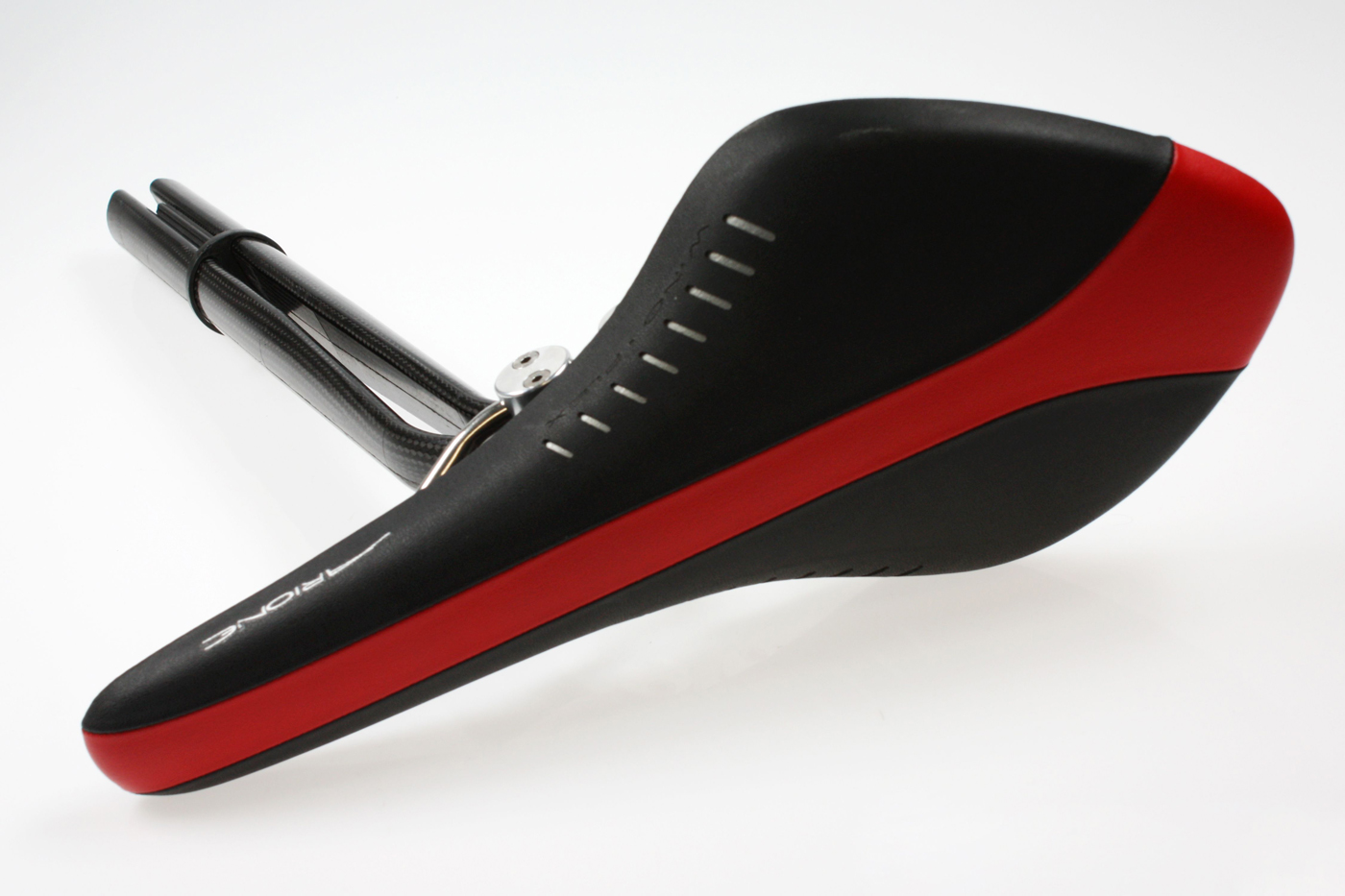High Tech for Bicycles
Carbon fiber composite materials (CFRP’s) not only make cars and airplanes lightweight but also benefit the light weight constructions for valuable bicycle concepts. At the Composites Europe trade show in Stuttgart (October 27-29), Fraunhofer researchers will present a spring-loaded seat post made of CFRP’s (Hall 4, Booth D04).
The roadside features such as curbstone edges, potholes, streetcar tracks etc. frequently rattle the nerves of any bicyclist. But for years now, professional and recreational bikers alike have been using spring-loaded seat posts. They absorb the worst shocks, and make the ride more comfortable for the back. Still, for noticeably greater ride comfort, you have to dig deeper in your pockets. Fraunhofer researchers have just developed a functionally-integrated bicycle seat post from carbon fiber composite materials (CFRP’s – Carbon fiber reinforced plastics) that is ultra light and extraordinarily effective. “A hardtail mountain bike with this new kind of CFRP seat post rides as if it were a full suspension bike,” says triathlon world champion Daniel Unger after a test drive. The professional cyclist means that the CFRP seat post can turn any mountain bike without rear-wheel suspension into a fully spring-loaded luxury vehicle. No surprise that in September, the component earned the Eurobike Award at the Eurobike 2009 trade show in Friedrichshafen and in Stuttgart, the high-tech post has been nominated for the 2009 AVK Award for Innovation.
The seat post was designed at the Fraunhofer-Institute for Chemical Technology ICT in Pfinztal as part of Fraunhofer's innovation cluster known as “KITe hyLITE – Technologies for Hybrid Lightweight Construction”. “The impetus for this came from our colleague and bicycle enthusiast, Sergei Belaew,” recalls group manager Oliver Geiger, who handles the implementation of the flexible seat post in Professor Frank Henning's department. “The component is based on two CFRP profiles that work like laminated springs. In this respect, the spring rigidity was calibrated to keep the deflection within the 10 to 15 millimeter range. That tangibly augments rider comfort.” The outer radii of the profiles were chosen so that riders could easily mount the component onto existing bike frames without a hitch. The saddle rail is articulated at the upper end of the profile; together with the clamps and the seat, the configuration results in a parallelogram. Until now, the only seat posts to feature this structure were exceedingly pricey. The plus-factor of this Fraunhofer invention is how the unique characteristics of carbon fiber composites are combined with a keenly intelligent construction approach that delivers noticeable added cushioning and resilience. The deflection of the CFRP profiles influences the motion of the seat tip, and under ideal conditions actively supports pedaling. In addition, the post alleviates peak loads, even around minor superficial bumps – tar spots, damaged street surfaces and manhole covers are barely noticeable. “More ride comfort at 30 percent less weight,” says Geiger.
The prototype of the CFRP seat post was manufactured through a Resin Transfer Molding (RTM) process. “First, you fit the braided cable sleeves like a sock onto the mold core – a butyl sleeve – and stretch them until you get to the desired fiber angle. After pumping up the tubes as defined, a resin-hardening mixture infiltrates the component. As the hardening begins, the pressure on the butyl tubes is increased again, in order to achieve maximum impregnation," is how Belaew describes the manufacturing process. At this time, experts are working on optimizing the tool engineering and manufacturing process for the production of a larger number of units. Production and distribution will soon take over the “carbobike” spin-off.
